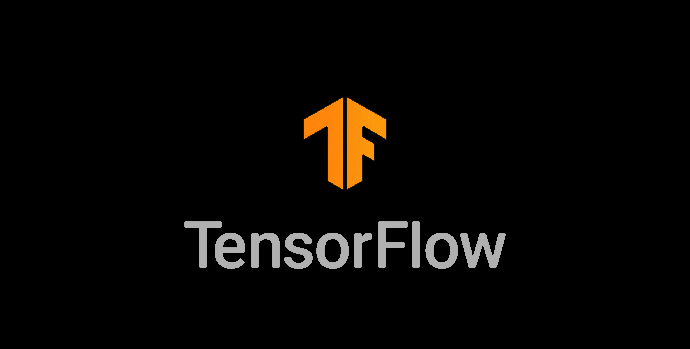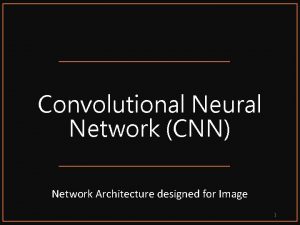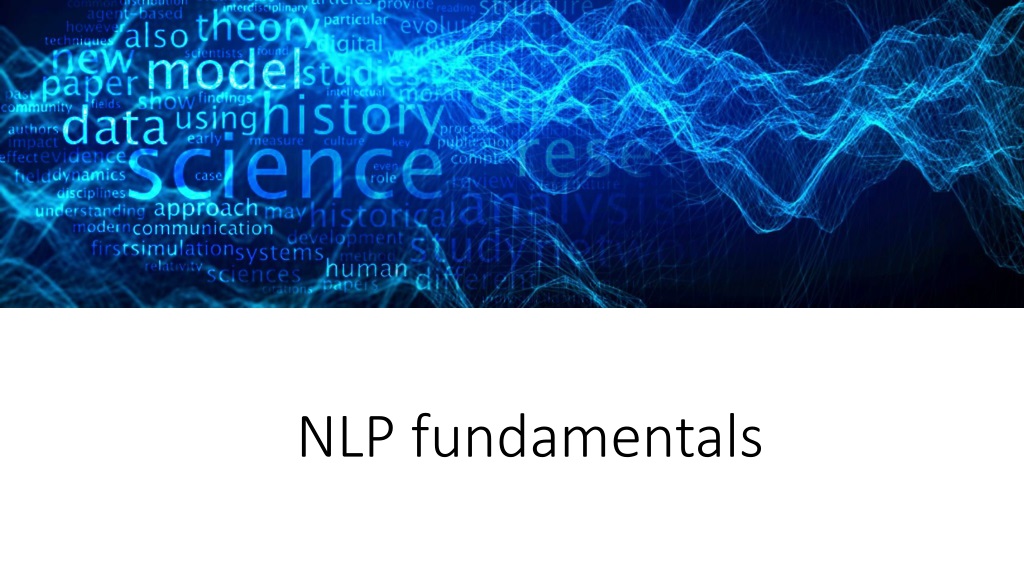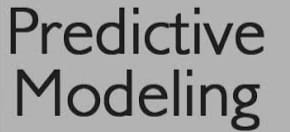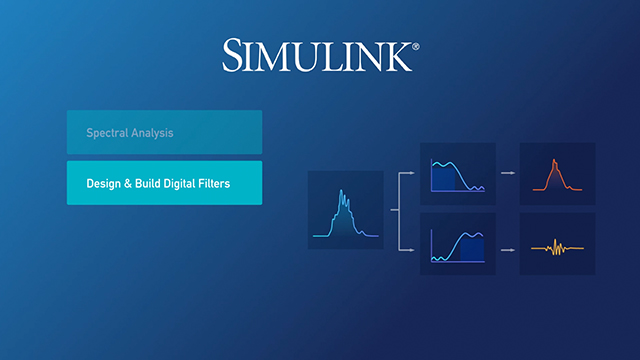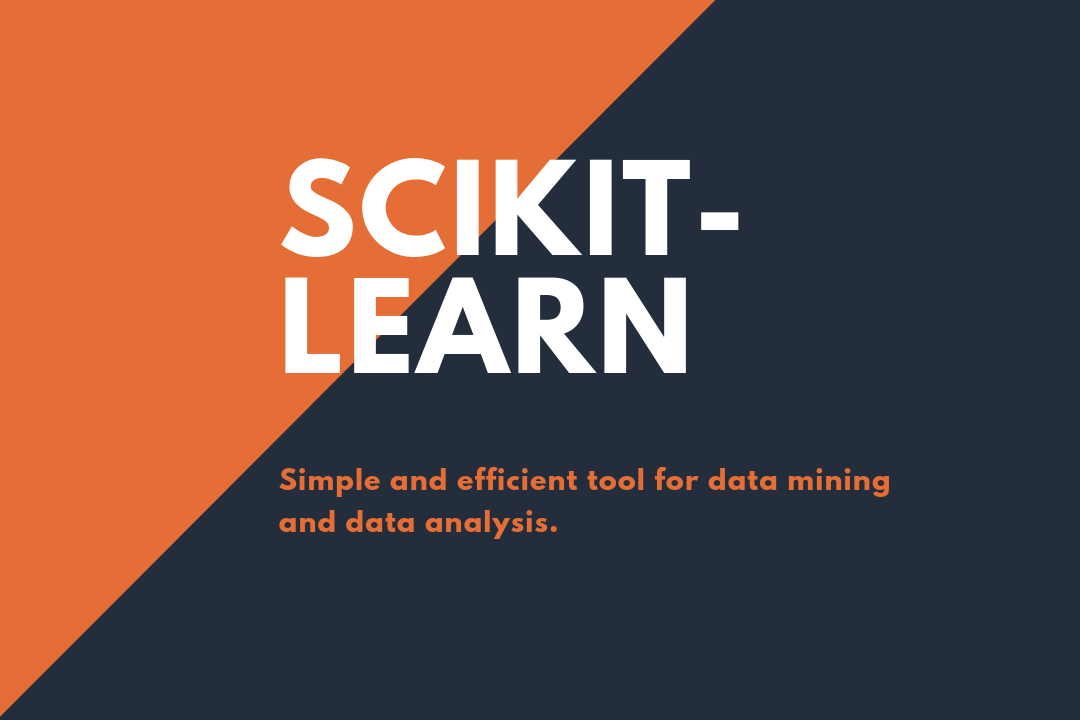Description
Introduction
Deep learning is a subset of machine learning that uses neural networks to model complex patterns and relationships in data. Regression, a fundamental task in data science, predicts continuous values such as prices or temperatures. TensorFlow, an open-source framework by Google, provides powerful tools to design, train, and deploy neural networks for regression problems. This training focuses on building deep learning regression models with TensorFlow, equipping participants with the skills to handle real-world applications like forecasting, resource allocation, and anomaly detection.
Prerequisites
- Basic understanding of Python programming.
- Familiarity with linear algebra and calculus (basic level).
- Knowledge of machine learning fundamentals.
- Experience with TensorFlow installation and setup (optional but recommended).
- Willingness to learn neural network principles and optimization techniques.
Table of Contents
- Introduction to Deep Learning and Regression
1.1 What is Deep Learning?
1.2 Understanding Regression Problems
1.3 Overview of TensorFlow for Deep Learning - Getting Started with TensorFlow
2.1 Setting Up TensorFlow and Development Environment
2.2 TensorFlow Basics: Tensors and Operations
2.3 Building Your First TensorFlow Model - Neural Networks for Regression
3.1 Architecture of Neural Networks
3.2 Activation Functions and Their Roles
3.3 Designing a Simple Regression Model - Preparing Data for Regression Models
4.1 Data Normalization and Preprocessing
4.2 Splitting Data into Training, Validation, and Testing Sets
4.3 Feature Engineering for Improved Accuracy - Building and Training Regression Models
5.1 Defining Neural Network Layers with TensorFlow Keras(Ref: Learn Deep Learning Applications Development with Tensor Flow)
5.2 Choosing Loss Functions and Optimizers
5.3 Training the Model and Monitoring Progress - Evaluating Model Performance
6.1 Metrics for Regression Models (MSE, MAE, R-Squared)
6.2 Visualizing Predictions and Residuals
6.3 Comparing Model Performance Across Hyperparameters - Improving Model Accuracy
7.1 Hyperparameter Tuning Techniques
7.2 Regularization Methods: L1, L2, and Dropout
7.3 Using Learning Rate Schedules - Advanced Techniques in Regression Modeling
8.1 Incorporating Multiple Features into Models
8.2 Handling Outliers and Imbalanced Data
8.3 Transfer Learning for Regression Tasks - Deploying TensorFlow Models
9.1 Exporting and Saving Trained Models
9.2 Using TensorFlow Serving for Deployment
9.3 Integrating Models into Web and Mobile Applications - Real-World Applications of Neural Network Regression
10.1 Forecasting Sales and Demand
10.2 Predicting House Prices and Economic Indicators
10.3 Resource Allocation and Optimization
Conclusion
Deep learning regression with TensorFlow opens the door to solving complex prediction tasks with accuracy and scalability. By mastering neural network design, training, and deployment, participants can tackle real-world problems in industries such as finance, healthcare, and logistics. This training empowers you to build and deploy advanced regression models, leveraging the full potential of TensorFlow for impactful data-driven solutions.



